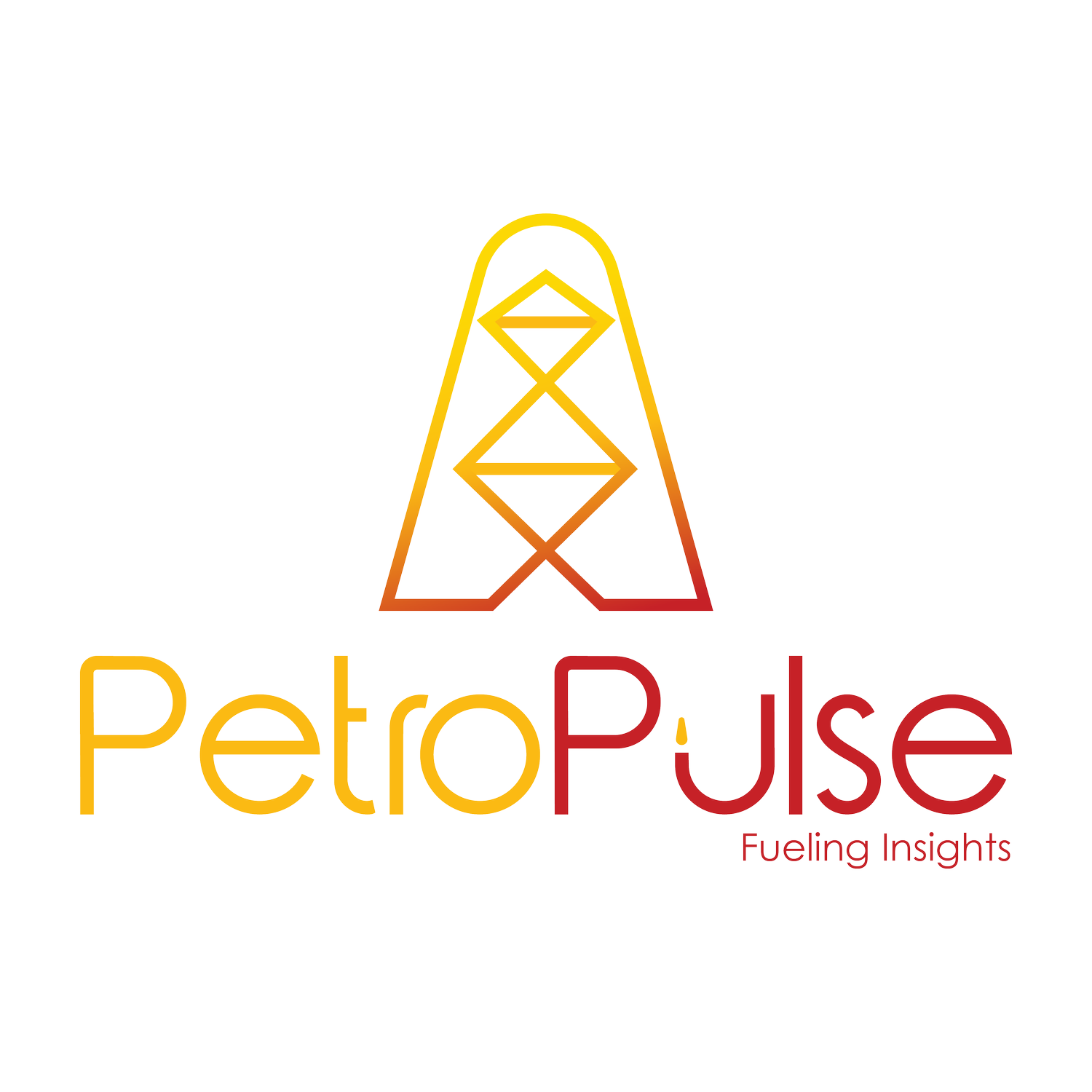PetroPulse Analysis of Ghana’s GH₵1 Fuel Levy: Necessary Reform, with Shared Sacrifice
Ghana is set to introduce a GH₵1 per litre fuel levy on 16 July 2025. Aimed at stabilising the energy sector and reducing fiscal vulnerabilities, the measure is projected to generate GH₵5.7 billion annually. Although economically sound, the levy imposes disproportionate costs on households and informal businesses already under pressure. The government’s decision, announced a day earlier, to cancel fuel allowances for political appointees signals a gesture of shared sacrifice. But the reform’s durability will depend on whether fiscal prudence is matched by transparency, social protections, and consistent leadership.
Beginning 16 July, the levy will apply to every litre of petrol and diesel sold at the pump. Enacted under a revised Energy Sector Levy Act, it is expected to mobilise revenue to address over US$3.1 billion in outstanding debts, primarily owed to independent power producers and fuel suppliers. These arrears have long undermined the financial viability of Ghana’s energy infrastructure, constraining investment and operational stability.
The International Monetary Fund, under the current bailout agreement, has backed the measure as a critical step in Ghana’s path toward energy sector reform and macroeconomic stability. It forms part of a broader effort to correct under-recoveries, clear payment arrears, and restore fiscal credibility.
From a technical standpoint, the rationale is compelling. But economic logic alone does not guarantee political or social acceptability. As the levy takes effect, it imposes new burdens on everyday life—particularly for those least able to absorb them.
Everyday Costs and Informal Pressures
Transport operators have already begun raising fares, with increases of up to 30 per cent reported in some regions. For a shop assistant earning GH₵900 a month, this could mean an additional GH₵80 in monthly transport costs. Traders moving goods from rural farms to urban markets are adjusting their prices, passing rising costs on to consumers. This may further fuel food price inflation, already volatile in recent years.
For small-scale businesses reliant on fuel generators amid frequent power interruptions, the cost impact is direct and unbuffered. These firms are central to local economies, will have to absorb additional expenses without targeted support.
Regressive Effects, Limited Relief
While fiscally justifiable, the levy is regressive. Higher-income households are better positioned to manage the cost, while lower-income earners—those most reliant on public transport and informal energy solutions—bear a heavier burden.
This asymmetry is compounded by the absence of relief mechanisms. No direct subsidies exist for vulnerable commuters or microenterprises, and there is no clear reporting framework to track how the revenue will be used. Without visible protections, the levy risks eroding public trust and deepening perceptions of policy unfairness.
Ghana’s own history offers a cautionary precedent. The 2022 #FixTheCountry protests revealed the fragility of social cohesion when economic reforms are viewed as inequitable. Across Africa, fuel pricing remains a political flashpoint, and the stakes for stability are high.
A Symbolic Gesture with Structural Implications
President Mahama’s announcement ending fuel allowances for political appointees is modest in fiscal terms but significant symbolically. It attempts to shift the reform narrative—conveying that austerity will not be one-sided.
In fragile institutional contexts, such gestures matter. Visible restraint by leadership can help restore legitimacy. Accompanied by broader actions such as cutting administrative perks, this move signals recognition that credibility is a necessary condition for reform success.
But symbolism is not a substitute for systemic change. The critical test lies in whether these gestures translate into lasting structural reforms—enhanced procurement transparency, wage bill discipline, and institutional accountability. The politics of reform must align with its economics.
Balancing Confidence and Consent
The levy sends a strong message to investors and development partners. It reflects the government’s willingness to confront long-standing structural issues and reinforces its commitment to market-oriented energy reform. This could help improve Ghana’s risk profile and unlock future investment, particularly in energy infrastructure and public-private partnerships.
Yet investor confidence must be matched by public consent. Reforms that protect elite interests while disproportionately affecting low-income and informal groups are rarely sustainable. The long-term viability of Ghana’s fiscal path depends on whether citizens believe their sacrifices are fair and purposeful.
Relevant examples exist. Indonesia’s 2014 fuel reform was paired with expanded cash transfer programmes to shield poorer households from immediate shocks. Ghana could take a similar approach, embedding structural reform within an inclusive, redistributive framework.
Conclusion
Ghana’s GH₵1 fuel levy is a necessary and well-designed policy for addressing structural deficits in the energy sector and restoring macroeconomic balance. It is rooted in sound economic reasoning and addresses long-standing liabilities. But the success of reform depends not only on technical merit but also on its political legitimacy.
The cancellation of fuel privileges for public officials is a welcome signal of collective responsibility. It affirms that leadership must not be exempt from the burdens of reform.
The enduring test of this policy will be not just whether it helps close fiscal gaps, but whether it does so without widening the social ones.
The question now is whether Ghana can institutionalise this moment of shared sacrifice into a reform agenda that is both credible and inclusive.
By: Fredrick Owusu
(Associate Editor, PetroPulse)

